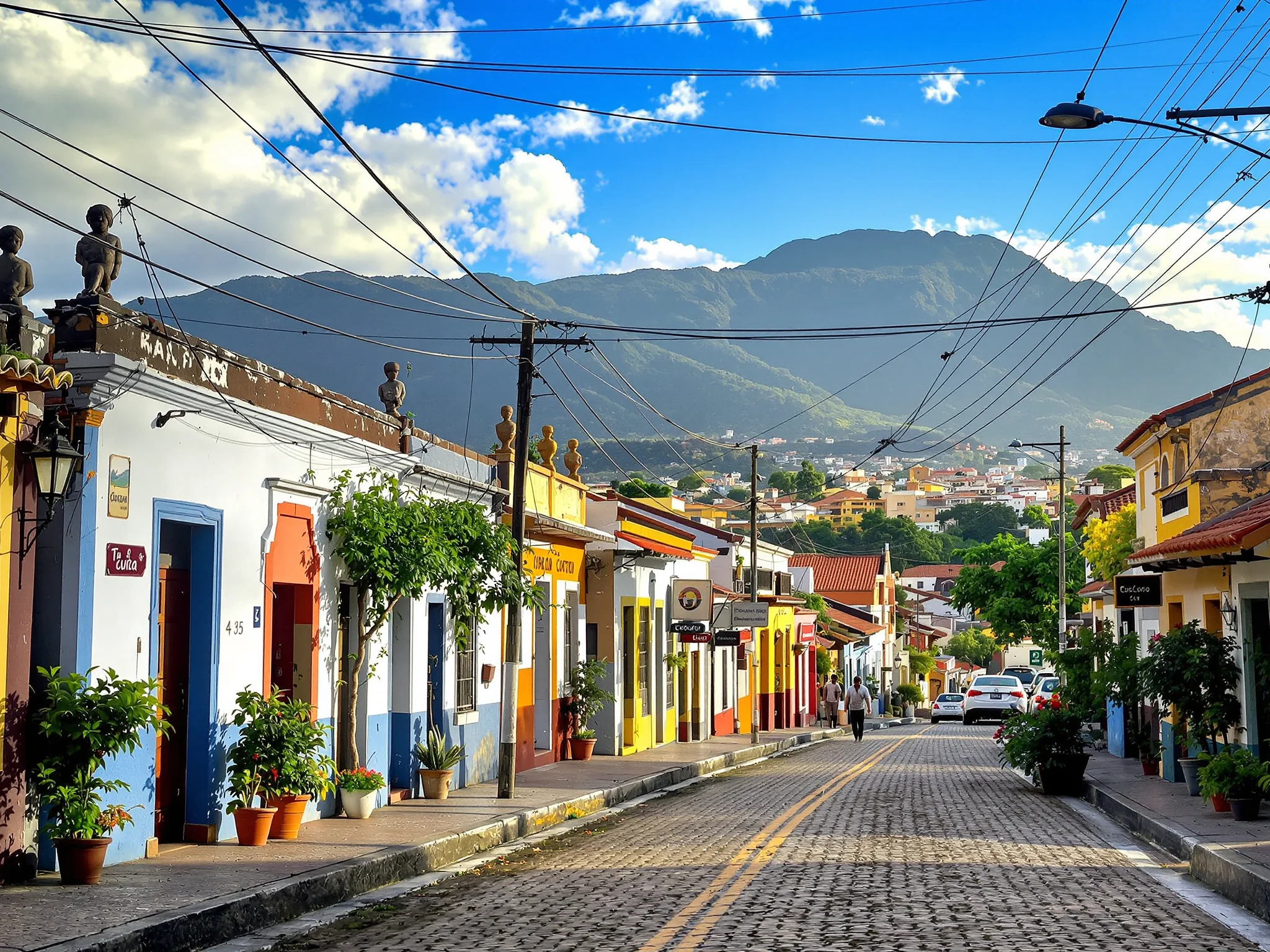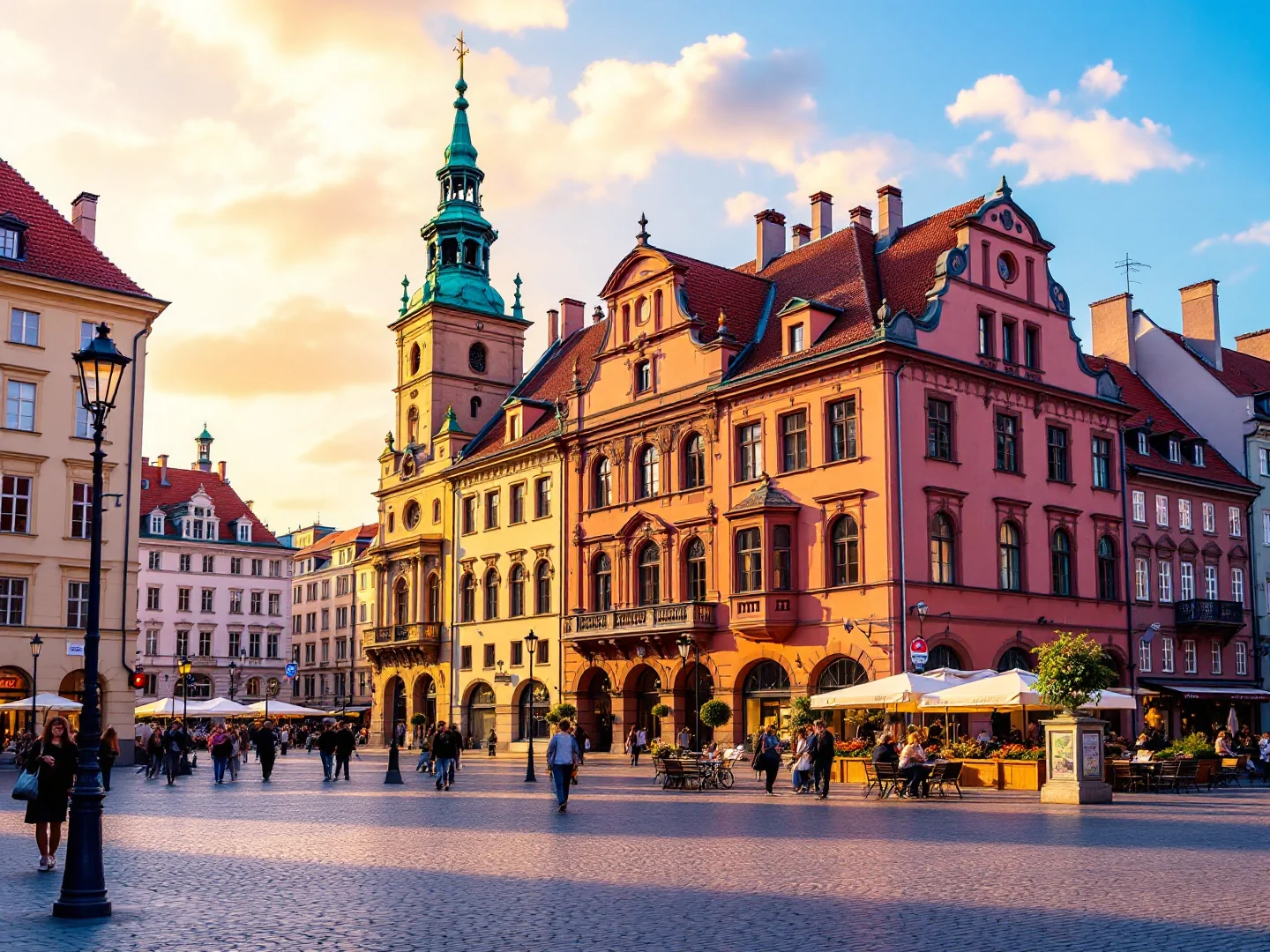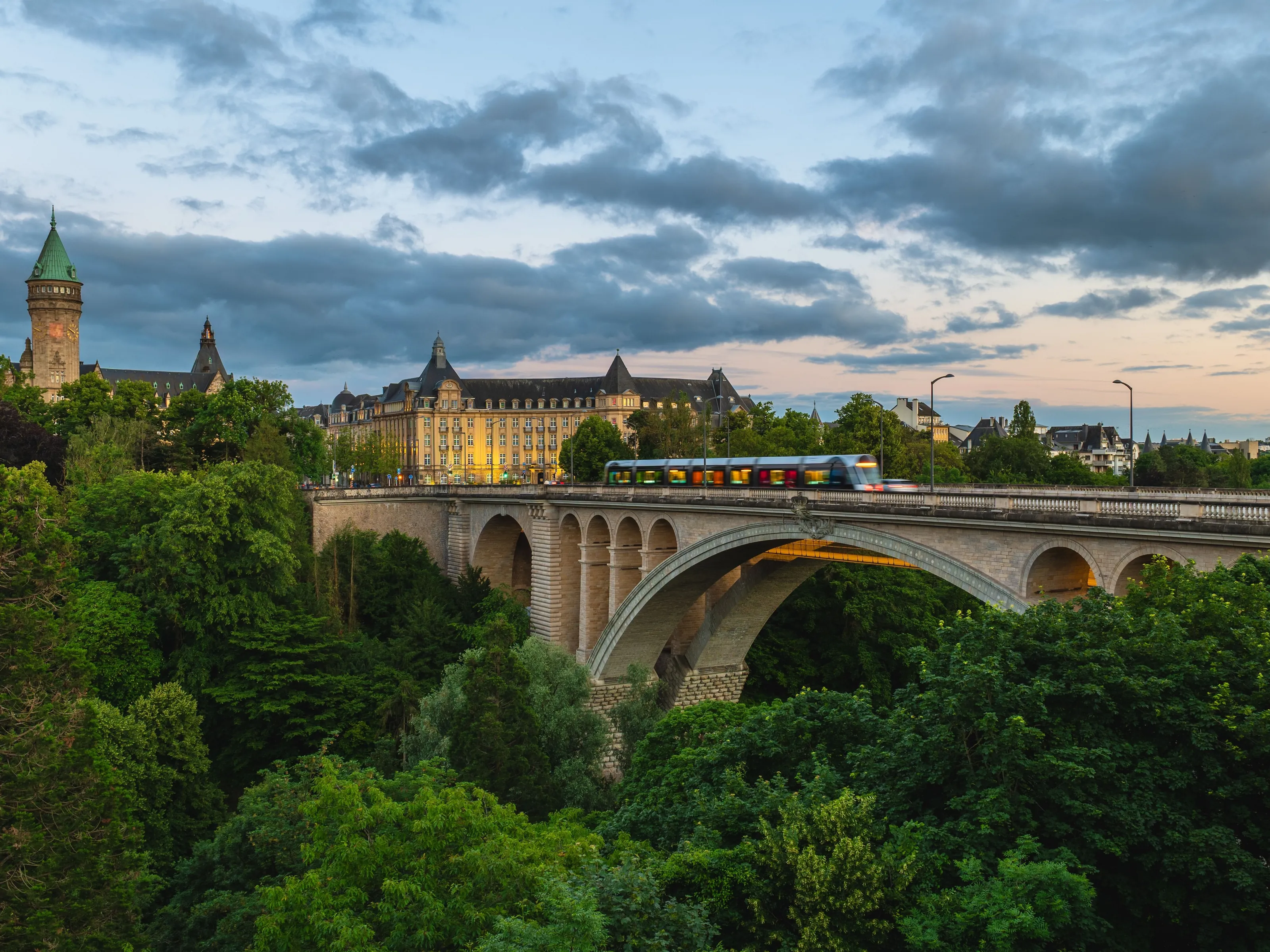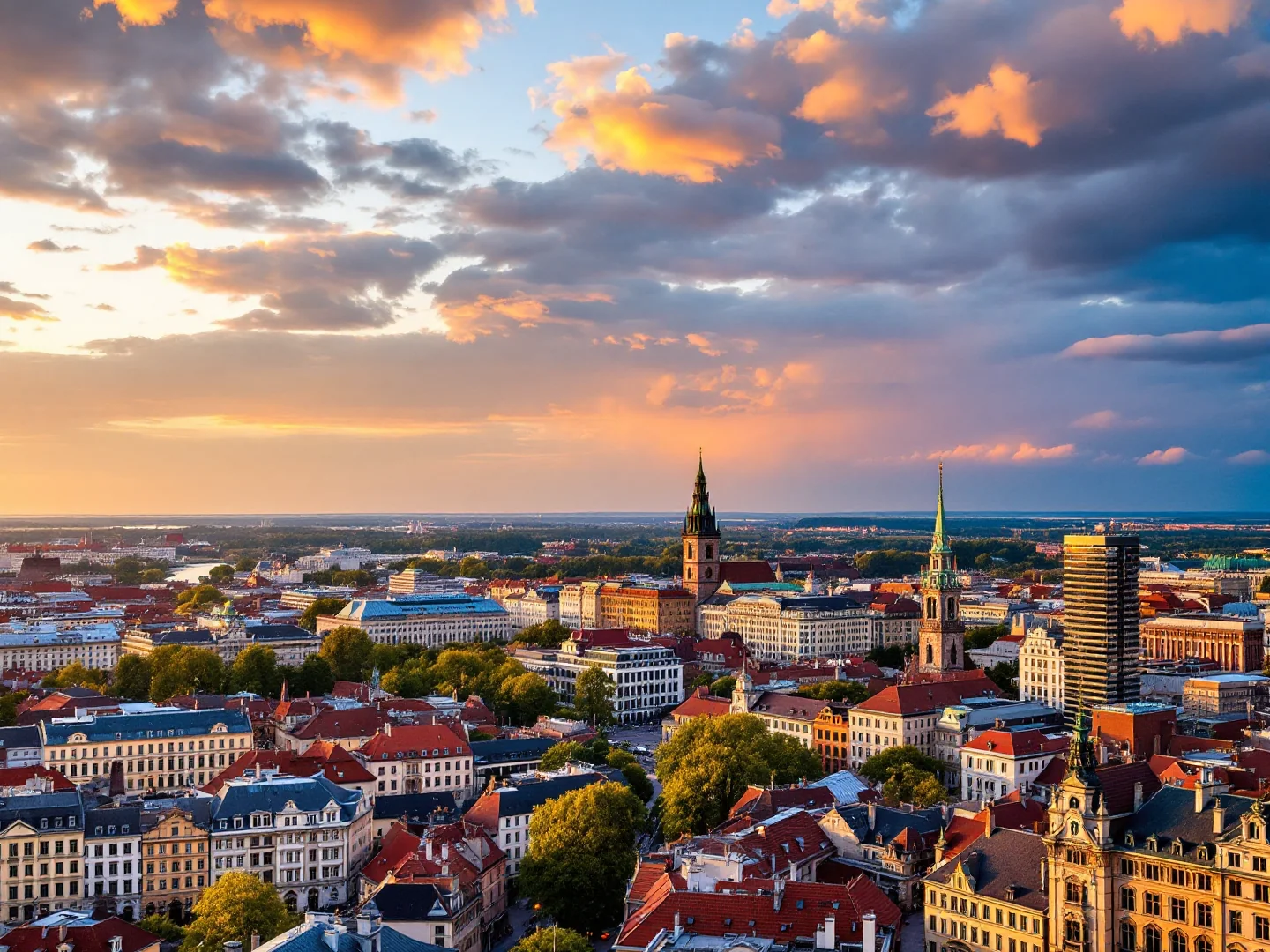Why Visit La Paz?
La Paz defies gravity as one of the world's highest capitals and Bolivia's seat of government where 800,000+ people live in a canyon at 3,640m elevation (the constitutional capital, Sucre, sits lower in the highlands), connected by Mi Teleférico cable car system—the world's longest urban cable network offering stunning commutes over adobe neighborhoods with snow-capped Mt. Illimani (6,438m) backdrop. The city cascades down steep slopes from wealthy neighborhoods at lower altitudes to El Alto's sprawling indigenous markets at 4,150m, creating visual spectacle where cholitas (indigenous women in bowler hats and layered skirts) sell everything from llama fetuses (traditional offering for new buildings—seriously) to electronics.
Witches' Market (Mercado de las Brujas) on Calle Sagárnaga epitomizes La Paz's mix of Catholic and indigenous Aymara beliefs—dried llama fetuses, herbs, potions, and lucky charms sold by vendors who'll bless your purchase. Yet La Paz thrives as Bolivia's adventure hub: Death Road (El Camino de la Muerte) mountain biking drops 3,500m over 64km from La Cumbre pass to Coroico jungle—tour companies ($50–$80 including transport, gear, lunch) make this bucket-list thrill accessible, though name comes from pre-road deaths (now mostly safe). Valle de la Luna (Moon Valley, 30min south, 15-20 Bs/$2–$3) showcases bizarre eroded clay formations resembling lunar surface.
Mi Teleférico cable cars (3 Bs first line, 2 Bs per transfer) connect downtown to El Alto and offer cheapest city tour—ride Yellow Line for views. Day trips reach Lake Titicaca (3hrs, floating islands and indigenous culture), Tiwanaku ruins (pre-Incan civilization, 2hrs), and most famously, Uyuni Salt Flats (10-12hrs bus or 1hr flight)—though most do 3-day tours from Uyuni town. Food scene splits between touristy Sopocachi cafés and local markets: try salteñas (juicy empanadas eaten for breakfast with skill—they drip), anticuchos (grilled beef heart skewers), api morado (purple corn drink), and chairo soup.
San Pedro Prison tours became famous from book 'Marching Powder' but controversial (exploitative). The altitude hits harder than Quito or Cusco—acclimatize with coca tea (perfectly legal—mate de coca sold everywhere), walk slowly, and skip alcohol first days. With no visa required for most nationalities (90 days), Boliviano currency (volatile), minimal English outside tourism, and extreme budget-friendly prices (meals $2–$4 hostels $8–$15 tours $30–$80), La Paz delivers South America's most unique capital—where indigenous culture dominates, altitude challenges, and Bolivia's rough edges become part of the adventure.
What to Do
Unique Attractions
Mi Teleférico Cable Car
World's longest urban cable network with 10 lines. Ride the Yellow Line for stunning views over the city canyon and Mt. Illimani (6,438m). Fare is 3 Bs for the first line, 2 Bs when transferring between lines (stay inside the system)—cheapest city tour possible. Go early morning (7–9am) for clearest mountain views.
Valle de la Luna (Moon Valley)
Bizarre eroded clay formations 30 minutes south that resemble lunar landscape. Entry about 15–20 Bs (~$2–$3). Walk the 1–2 hour trail through otherworldly spires and canyons. Best visited in afternoon when lighting enhances the formations. Combine with nearby cactus valley.
Witches' Market (Mercado de las Brujas)
Traditional Aymara market on Calle Sagárnaga selling herbs, potions, and dried llama fetuses (yes, really—for traditional Pachamama offerings). Free to browse but vendors may pressure you to buy. Go mid-morning for best selection. Fascinating mix of Catholic and indigenous beliefs.
Adventure Activities
Death Road Mountain Biking
Legendary downhill ride from La Cumbre pass (4,650m) to Coroico jungle (1,200m)—3,500m drop over 64km. Full-day tours cost 350–550 Bs ($50–$80) including transport, gear, and lunch. Go with reputable operators only. Most thrilling and scenic bike ride you'll ever do. Book 1–2 days ahead.
Day Trips: Lake Titicaca & Uyuni
Lake Titicaca (3hrs north): highest navigable lake, floating islands, Isla del Sol. Uyuni Salt Flats: 10–12hrs by bus or 1hr flight—book 3-day tours from Uyuni town. Tiwanaku ruins (2hrs): pre-Incan civilization, UNESCO site. Most do Uyuni as multi-day trip from La Paz.
Local Culture & Markets
El Alto Markets
Take the Red Line teleférico to El Alto (4,150m)—massive sprawl at world's highest urban elevation. Thursday and Sunday massive street markets where cholitas (indigenous women in bowler hats) sell everything. Authentic but watch belongings. Return on cable car for incredible views descending into La Paz canyon.
Traditional Food & Cafés
Sopocachi neighborhood offers trendy cafés alongside salteña stands. Try salteñas (juicy empanadas) for breakfast 10am sharp—locals eat them standing up. Anticuchos (grilled beef heart) from street vendors evening. Mercado Lanza for authentic Bolivian meals under $3 Coca tea everywhere to fight altitude.
Gallery
Travel Information
Getting There
- Airports: LPB
Best Time to Visit
May, June, July, August, September
Climate: Moderate
Weather by Month
| Month | High | Low | Rainy days | Condition |
|---|---|---|---|---|
| January | 15°C | 6°C | 22 | Wet |
| February | 14°C | 7°C | 29 | Wet |
| March | 15°C | 5°C | 17 | Wet |
| April | 14°C | 4°C | 13 | Wet |
| May | 16°C | 3°C | 5 | Excellent (best) |
| June | 15°C | 2°C | 0 | Excellent (best) |
| July | 16°C | 2°C | 0 | Excellent (best) |
| August | 17°C | 2°C | 3 | Excellent (best) |
| September | 15°C | 3°C | 14 | Excellent (best) |
| October | 16°C | 4°C | 14 | Wet |
| November | 19°C | 4°C | 3 | Good |
| December | 15°C | 6°C | 23 | Wet |
Weather data: Open-Meteo Archive (2020-2024) • Open-Meteo.com (CC BY 4.0) • Historical avg. 2020–2024
Budget
Excludes flights
Visa Requirements
Visa-free for EU citizens
💡 🌍 Traveler Tip (November 2025): Best time to visit: May, June, July, August, September.
Practical Information
Getting There
El Alto International Airport (LPB) sits at 4,061m—world's highest international airport. Located in El Alto, 15km from La Paz center but 400m higher (altitude hits immediately!). Radio taxis from airport desk 70-100 Bs/$10–$14 (30-45min descent into city bowl). Minibuses cheaper 5 Bs/$1 but crowded with luggage. Flights from Lima (2hrs), Buenos Aires, Santiago, Santa Cruz (Bolivia's other major city, 1hr). Most international connections through Lima or Buenos Aires. Some take bus from Peru (Puno-La Paz, 6hrs, $10–$20) crossing Lake Titicaca border.
Getting Around
Mi Teleférico cable cars: amazing system—10 lines, 3 Bs/$0 rides, connect downtown to El Alto, city tours via Yellow Line. Minibuses/micros: cheap (2-3 Bs), everywhere, crowded, confusing routes (ask locals). Taxis: inexpensive (10-25 Bs/$1–$4 across city)—negotiate before entering, or use app-based. Radio taxis safer (call ahead). Trufi (shared taxis): specific routes, cheap. Walking: steep hills, altitude makes it exhausting—pace yourself. For Death Road/tours: operators provide transport. Don't rent cars—traffic chaotic, parking nightmarish. Cable car + walking + occasional taxi covers everything.
Money & Payments
Boliviano (BOB, Bs). Exchange rates fluctuate—check a live converter before travel. ATMs common (withdraw max—fees apply). Cards accepted at hotels, upscale restaurants, rarely elsewhere. Cash is king—bring USD to exchange (better rates than EUR). Tipping: not mandatory but appreciated (round up or 10% restaurants), 10 Bs for guides. Bargaining expected at markets. Bolivia incredibly cheap—one of South America's most affordable countries, stretching budget amazingly.
Language
Spanish is official, along with indigenous languages (Aymara, Quechua widely spoken). Very limited English outside upscale hotels and tour agencies. Translation apps essential. Many locals speak Aymara first, Spanish second. Young people in Sopocachi have some English. Learn: Hola, Gracias, ¿Cuánto cuesta?, Yusparapxita (thank you in Aymara—locals appreciate effort). Communication challenging but locals patient and friendly.
Cultural Tips
Altitude: can't stress enough—take it easy, coca tea constantly, walk slowly, hydrate, rest. Coca leaves legal (cocaine is not). Indigenous culture: respect cholitas (indigenous women—ask before photos), don't mock traditional dress, indigenous pride strong. Protests: common, block roads—check news, have flexible plans. Llama fetuses: sold in Witches' Market for traditional offerings (Pachamama—Mother Earth), legal and normal here. Tipping: not expected but appreciated. Bargaining: markets expect it (start 50% lower). Sunday: some businesses closed. Safety: watch belongings, use official taxis, avoid El Alto at night. Cholitas wrestling: touristy show (Sunday/Thursday, 100 Bs, fun spectacle). Food: salteñas are breakfast (10am, juice inside—eat carefully or wear it!), not dinner. La Paz is raw, real Bolivia—embrace chaos and altitude challenge!
Perfect 4-Day La Paz Itinerary
Day 1: Arrive & Gentle Acclimatization
Day 2: Mi Teleférico & Valley of the Moon
Day 3: Death Road Mountain Biking
Day 4: Lake Titicaca or Tiwanaku Day Trip
Where to Stay in La Paz
Downtown (Centro)
Best for: Historic center, Plaza Murillo, Witches' Market, markets, budget hostels, touristy, watch belongings
Sopocachi
Best for: Residential upscale, cafés, restaurants, nightlife, safer, trendy, expat-friendly, mid-range hotels
El Alto
Best for: Massive sprawl at 4,150m, indigenous markets, cable car connections, authentic but avoid after dark
Zona Sur (Calacoto, San Miguel)
Best for: Wealthy neighborhoods, malls, international restaurants, safe, modern, less character but comfortable
Frequently Asked Questions
Do I need a visa to visit Bolivia?
What is the best time to visit La Paz?
How much does a trip to La Paz cost per day?
How bad is the altitude in La Paz?
Is La Paz safe for tourists?
Popular Activities
Top-rated tours and experiences in La Paz
Ready to Visit La Paz?
Book your flights, accommodation, and activities






